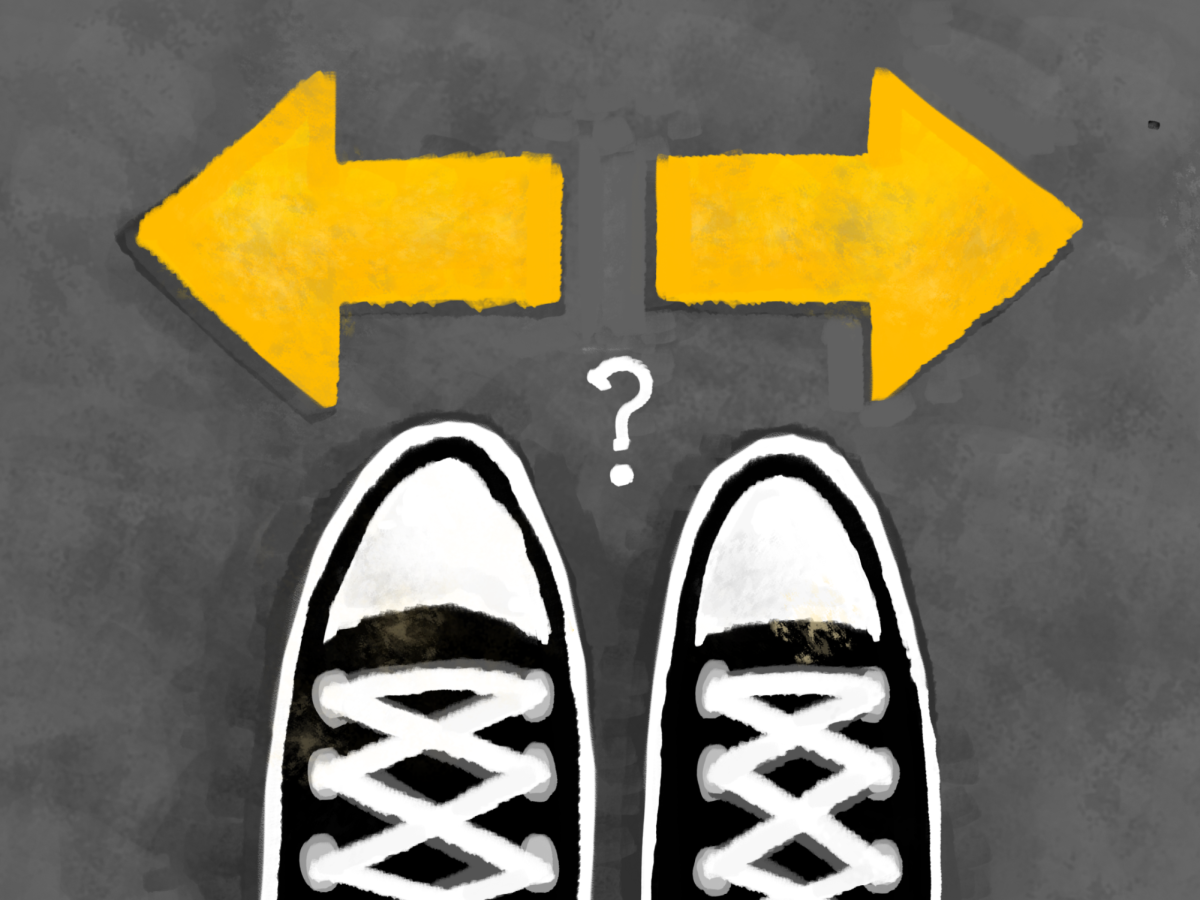In the 1830s, a movement to provide education to all children in the United States was initiated. In 1917, the Smith-Towner Act, which established the Federal Department of Education, caused this movement to gain momentum. Eventually, a system was created where all documented children would receive free quality instruction.
In spite of seemingly free access to education, public high school has begun to bear an increasingly steep price tag, especially for motivated students. Costly standardized tests, review materials, and extracurricular trips are just a few of the expenses deemed necessary to stay competitive in the college admissions process.
For every AP test, $92 is handed over to the College Board. For every SAT II, $26 is never to be seen again. For every ACT, $56 is gone forever from our parents’ wallets. And these fees neglect to take into account the endless number of expensive review books and prep classes. And we can’t forget the couple hundred spent on every DECA, HOSA, Model Congress, and Robotics competition. Don’t even mention the art field trips, pricey lacrosse equipment, TI-CX CAS calculators, binders, pens, pencils, highlighters…
As students, we are entrenched in this mindset that we have to pile on AP courses, extracurricular awards, and SAT subject tests in order to achieve. But ultimately, what does this leave us besides a generic cookie cutter resume and a depleted college fund?
Granted, one may argue that standardized testing is inevitable—how else are colleges supposed to compare our intelligence to every other applicant’s? Nearly all colleges require that students send in SAT or ACT scores. However, other standardized tests are elective, and South students still pile them on: We take APs and SAT subject tests on topics that don’t entirely interest us simply because we need to appear as academically motivated as our peers.
The College Board website notes that “taking the tests may reduce the cost of college by earning college credit.” This age-old monetary justification for APs and SAT subject tests—that students can gain college credits with high test scores and ultimately avoid paying more for credits in college—no longer holds completely true. Many top institutions like Brown and Dartmouth don’t award credit at all; others like Harvard and Duke often require a score of 5 in order to receive credit. Increasingly, students aren’t receiving credits for high AP test scores, and the $92 spent on the test goes to waste. More often than not, APs are counter-intuitive in terms of being economically thrifty. Why waste money and time studying for subjects that don’t personally intrigue you?
And it’s not simply the tests that cost money. For many South students, tutors and preparatory classes are essential to obtaining desirable test grades and maintaining high GPAs. Just take a walk around school as APs and finals roll around and you’ll hear whispers of “Ace the Regents,” “Brown Academy,” and “Excel Prep.” Of course, there is no harm or shame in attending these classes; after all, they serve as supplementary courses that may even intellectually challenge students and introduce material from beyond the course curriculum. However, rarely do we take into account the exorbitant fees associated with these classes—each prep class can cost well over $150, even going into the thousands.
Another apparent necessity for each costly test is a stack of review books to peruse for our reading pleasure the week before a standardized exam. Each book—whether it be Kaplan, Crash Course, or Princeton Review—costs around $20. An innocent trip to Barnes and Nobles for preparatory materials will likely burn a $100 hole in your pocket before your eye even catches the Barron’s flashcards.
Similarly, extracurriculars take a heavy toll on wallets. Many students at South are involved in clubs such as DECA, HOSA, Model Congress, and Robotics. Although these clubs differ drastically in interests as well as membership, they all share one common theme: pricey trips to participate in competitions all over the nation. Admittedly, winning awards in these competitions on the regional, state, and national level is extremely impressive in the eyes of college admissions officers, but each of these trips costs hundreds of dollars. The extensive amount of time and effort spent preparing for these pricey competitions could be better spent on volunteering or interning at places that display one’s interests equally well. More so than club competitions do, these costless extracurriculars demonstrate to colleges that students are willing to venture outside of the school community to gain personal and social experiences in professional settings.
Over the past century, high school has become an expensive endeavor. Although public school was originally meant to be a socioeconomic equalizer, paying exorbitant fees to boost GPAs, standardized test grades, and resumes to “distinguish yourself” in the college admissions process has become the norm. Although many expenses seem essential, the next time you pay for a review course or a school trip, think if there may be a better way to spend your time and money. Recognize if you are doing something because you want to or because others around you are doing so. Realize that you have a choice.
Categories:
Revealing the True Cost of Public High School
June 10, 2016
Cartoon drawn by Amanda Shen
0
Tags:
More to Discover














